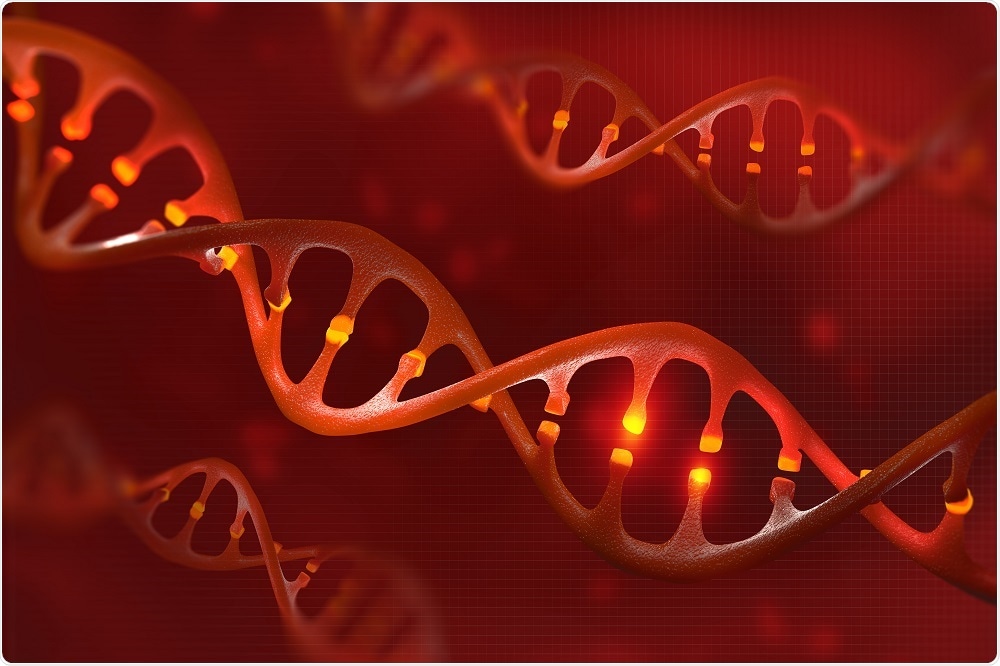Researchers from the University of California have used CRISPR-Cas9 gene editing to treat the symptoms of autism in mice. It is hoped that the tool could one day be used to help humans with the condition.
 Image Credit: Yurchanka Siarhei / Shutterstock
Image Credit: Yurchanka Siarhei / Shutterstock
The mice had a form of fragile X syndrome (FXS), the most common single-gene cause of autism spectrum disorder.
The technique, called CRISPR-Gold, involved the use of gold nanoparticles to deliver the genome editing Cas9 enzyme directly into the brain, where it targted the gene for a neurotransmitter receptor and lessoned the repetitive behaviors commonly seen in FXS.
There are no treatments or cures for autism yet, and many of the clinical trials of small-molecule treatments targeting proteins that cause autism have failed. This is the first case where we were able to edit a causal gene for autism in the brain and show rescue of the behavioral symptoms."
Hye Young Lee, Lead Author
The study, which was recently published in the journal Nature Biomedical Engineering, is the first to show that Cas9 protein can be carried into the brain to knock out a gene and have therapeutic effects.
Researchers have previously inserted Cas9 genes into neurons using viruses, but this causes problems because the cell keeps expressing Cas9, which leads to other genes randomly getting cut.
If you inject CRISPR DNA using a virus, you can't control how much Cas9 protein and guide RNA are expressed… I think the CRISPR-Gold method is very cool because we can control the amount we wish to inject and that probably minimizes the side effects of using CRISPR, for example off-target effects.”
Hye Young Lee, Lead Author
Co-author Kunwoo Lee said the technique could be used to treat a variety of genetic diseases such as Huntington's disease, and that it is not limited to monogenic diseases: “It can also be used against polygenic diseases, once we figure out the entire network of genes involved."
The researchers are now trying to develop CRISPR-Gold particles that can be injected directly into the central nervous system via the spinal cord, so that it is no longer necessary to open up the skull and inject directly into the brain.
Hye Young Lee hopes this could be as effective as intracranial injection to reduce repetitive behavior, and perhaps even address some of the social interaction problems seen in autism spectrum disorder.